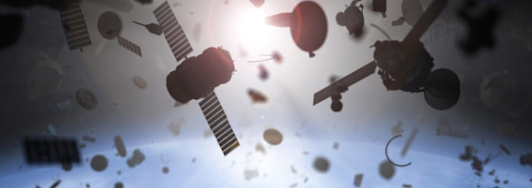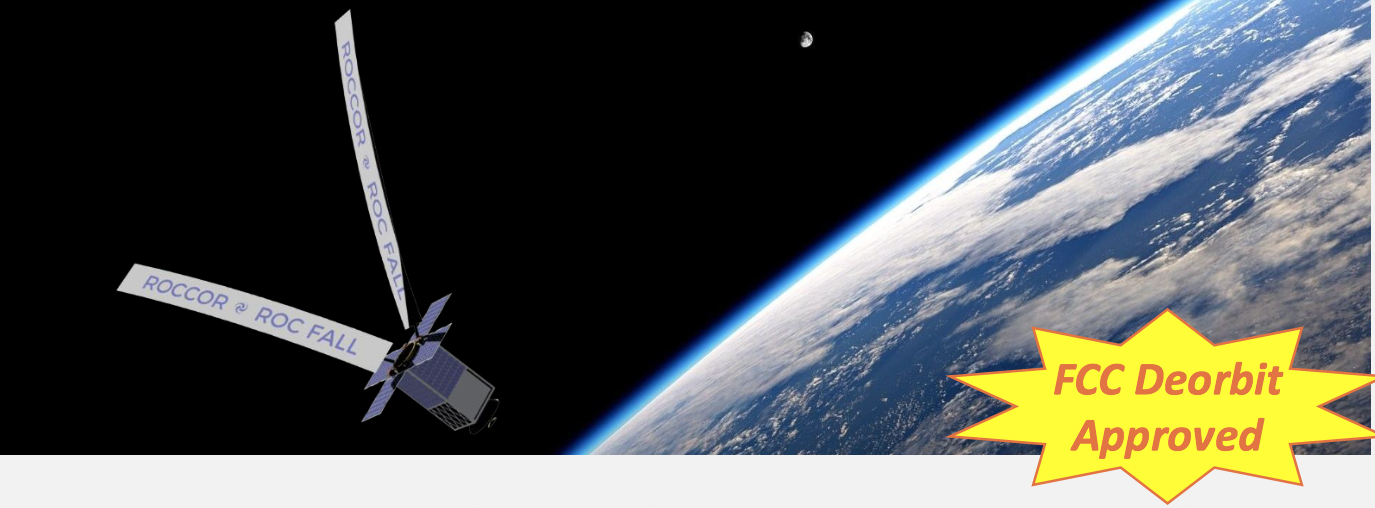
Space is not as spacious as it used to be with the many smallsats and constellations not to mention the plans that some companies have to connect the world, which is a good thing, but there is also a downside to this, and it brings a problem of what to do with a satellite's End of Life.

Orbital debris, avoiding a space age environmental crisis.
Now there's a company, Roccor, described as a disruptive aerospace supplier providing low-cost, high performance deployable structure and thermal management systems technology for government and commercial space customers, which has launched a solution, a deployable atmospheric drag deorbit device called ROC™ FALL to the marketplace, facilitating the reliable and predictable passive deorbit of spacecraft at End of Life.
Because of the IADC 25-year deorbit lifetime recommendations, companies like Roccor are stepping in with practical and affordable solutions to the complex space debris problem that can often cause dire hazards in space.
Recently, a large defense contractor developing a 150kg class small satellite for launch on the STP2 Falcon Heavy launch came to Roccor to provide a baseline strategy to ensure deorbit within 25 years after the spacecraft’s end of life. Despite being given minimal payload volume, mass, development time, and budget with which to work, Roccor was able to develop a simple roll-out drag sail design to meet the requirements.
From a fresh sheet of paper, Roccor’s solution was qualified and ready for flight in six months (ahead of schedule).

Doug Campbell, president and CEO of Roccor said that given the hazard to all space users that uncontrolled orbital debris can pose, for example the recent Chinese Space Station that crashed to Earth, it is more important than ever to have systems in place upon launch that will ensure safe End of Life systems now and decades to come.
Advantages of Roccor’s ROC™ FALL are:
- Approval by regulating bodies for end-of-life management
- Flexibility to meet a range of spacecraft masses, orbits, lifetimes, and geometries
- Low mass and customizable footprint for minimum disruption to other spacecraft systems
- Short lead time (6M initial qualification and delivery, faster, and build to print solutions)
- Simple integration and interfaces
- Ability for customers to select optimum configuration, balancing mission assurance, mass, volume, cost, etc.

